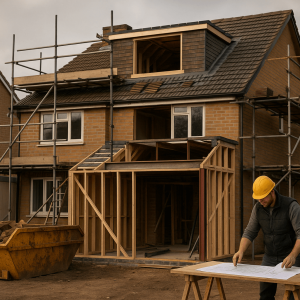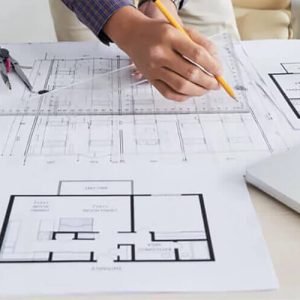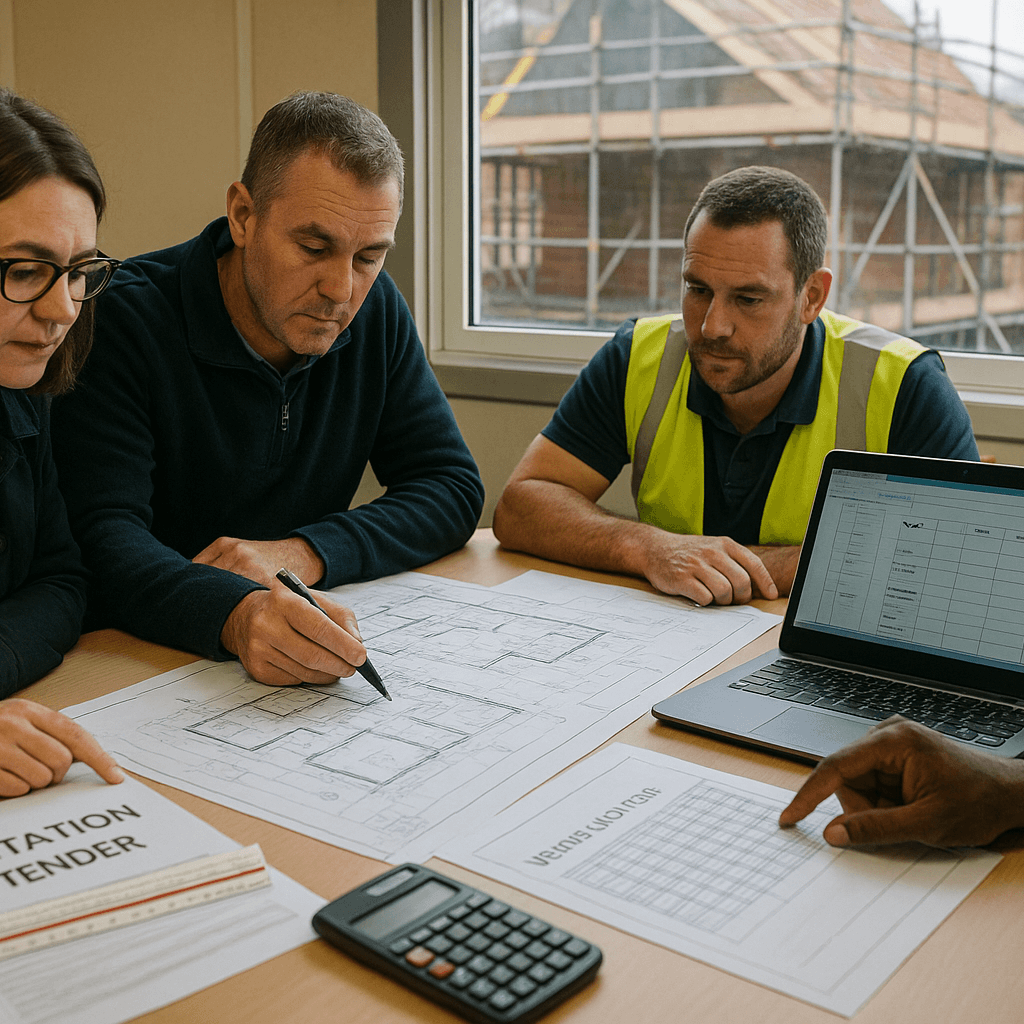Creating accurate construction estimates is essential for any contractor, whether working on a small home renovation or a large-scale commercial project. An accurate estimate helps set the right expectations, secures the resources needed, and ensures profitability. However, with so many factors at play, from material costs to labor and unexpected obstacles, crafting precise estimates requires a strategic approach.
This guide explores the critical aspects of estimating, from initial planning and bidding to effective communication with clients. Whether you’re an experienced contractor or new to the industry, these insights will help streamline your estimating process and improve accuracy.
Why Accurate Construction Estimates Matter
An accurate estimate is the foundation of a successful project. When estimates are too low, it can lead to unexpected expenses, strained budgets, and decreased profit margins. Conversely, estimates that are too high may make clients hesitant to proceed, resulting in lost business.
Key Benefits of Accurate Estimation
- Profitability: Ensures resources are well-allocated, reducing the risk of budget overruns.
- Client Satisfaction: Sets realistic expectations, minimising the risk of dissatisfaction.
- Project Success: Helps secure the materials, labor, and equipment needed to keep the project on schedule.
Steps to Create Accurate Construction Estimates
1. Understanding the Project Scope
The first and most crucial step in creating an accurate estimate is a thorough understanding of the project scope. Start by carefully reviewing all project plans, specifications, and objectives. This initial analysis helps identify any potential challenges and allows you to anticipate needs and costs.
- Project Details: Look for specific requirements, such as site access issues or complex systems like electrical or plumbing that may impact time and cost.
- Communication with the Client: Ask clarifying questions to align with the client’s expectations and ensure any unrealistic goals are addressed. Clear communication at this stage reduces misunderstandings and enhances the accuracy of your estimates.
2. Identifying Materials and Labor Costs
Determining material and labor costs is the next vital step. Begin by researching material prices in your area and estimating the quantities required for the project.
- Materials: Account for material quality, bulk discounts, and potential waste. Ensure delivery and handling costs are factored in.
- Labor: Labor costs vary based on skill level and experience. Calculate costs using local wage rates and consider any overtime, benefits, or insurance requirements for workers.
3. Calculating Overhead and Profit Margins
Beyond materials and labor, a reliable estimate includes overhead costs and a fair profit margin. Overhead costs cover expenses like rent, utilities, and equipment maintenance, which are essential for running your business.
- Overhead Calculation: Add up your annual business expenses and divide by your expected number of projects. This figure provides a baseline for overhead per project.
- Profit Margins: Aim for a profit margin of around 10-20%, adjusting based on project complexity. Including profit margins in your estimates ensures you’re compensated fairly for your work and expertise.
4. Leveraging Construction Estimating Software
Investing in construction estimating software can significantly improve the speed and accuracy of your estimates. These tools allow you to input project details, such as material, labor, and overhead costs, and produce a comprehensive estimate.
- Automated Calculations: Estimating software simplifies cost calculations, reducing the chance of error.
- Adjustable Data: You can modify estimates as the project evolves, keeping costs updated with any changes to scope or requirements.
Techniques for Improving Estimate Accuracy
Consider these techniques to further refine your estimates and build accuracy:
Use Historical Data
Review data from past projects to identify trends and establish baseline costs for similar jobs. Historical data can also help you anticipate potential challenges.
Account for Inflation
Construction costs are susceptible to market changes. Adjust your estimates to account for inflation, especially if materials or labor rates are likely to increase.
Conduct a Thorough Review
Before presenting an estimate, double-check calculations and assess for any missed expenses. A final review helps catch errors that could impact the accuracy of your bid.
Common Mistakes to Avoid in Construction Estimation
Understanding common pitfalls in construction estimation can help you avoid costly mistakes:
- Underestimating Costs: Overlooking material or labor expenses leads to budget shortfalls and project delays.
- Ignoring Unexpected Costs: Failing to plan for contingencies can strain resources. Including a contingency budget mitigates unforeseen expenses.
- Poor Communication with Clients: Misunderstandings often stem from unclear communication. Keep clients informed of any changes to scope, timeline, or budget to maintain trust.
The Role of Communication in Accurate Estimation
Effective communication is integral to accurate cost estimation. Open, ongoing dialogue with clients ensures that both parties are aligned on expectations, project goals, and budget constraints.
- Project Planning: Ask questions to clarify client needs and proactively manage their expectations. Addressing any unrealistic goals or concerns early can prevent issues down the line.
- Project Updates: Throughout the construction phase, keep the client informed of any changes. This transparency builds client trust and keeps everyone on the same page.
Presenting Your Construction Estimate to Clients
Presenting estimates professionally is an essential part of the bidding process. Here are tips for effective presentation:
- Provide a Detailed Breakdown: Present your estimate with clear sections for materials, labor, overhead, and profit margins. This transparency helps clients understand each component of the estimate.
- Include a Project Timeline: Clearly outline expected project phases and any potential delays. Managing expectations early reduces the chance of miscommunication later on.
- Follow Up: After presenting the estimate, reach out to address any client questions or concerns. Following up increases the likelihood of winning the bid and helps build rapport with the client.
Conclusion
For contractors, mastering accurate construction estimates is crucial. By understanding the project scope, identifying all costs, leveraging technology, and fostering clear communication, you’ll be equipped to create estimates that boost profitability, secure resources, and improve client satisfaction. Using the strategies outlined here can help ensure your estimates are competitive and reliable.
With construction technology evolving, estimators now have more tools than ever to streamline processes and enhance accuracy. Building skills in cost estimation can set you apart in the industry, paving the way for a successful career.
FAQs
- Why are accurate construction estimates essential?
Accurate estimates prevent budget issues, set realistic client expectations, and ensure profitability for contractors. - What are the main components of a construction estimate?
Key components include material costs, labor, overhead, and profit margins. - How can I improve communication with clients during estimation?
Regular updates and clear explanations of costs and timelines help keep clients informed and engaged. - What are common mistakes to avoid in construction estimates?
Avoid underestimating material costs, neglecting unexpected expenses, and communicating inadequately with clients. - What are the benefits of using estimating software?
Estimating software saves time, improves accuracy, and provides real-time data for ongoing adjustments. - How do I handle overhead in a construction estimate?
Calculate annual expenses, divide by the project count, and include it in each estimate to cover operational costs. - Why is client follow-up important after presenting an estimate?
Follow-up answers questions, builds trust, and can increase the likelihood of winning the project bid. - Can I use historical data for future construction estimates?
Yes, historical data provides a benchmark, helping anticipate project costs and identify potential challenges.











